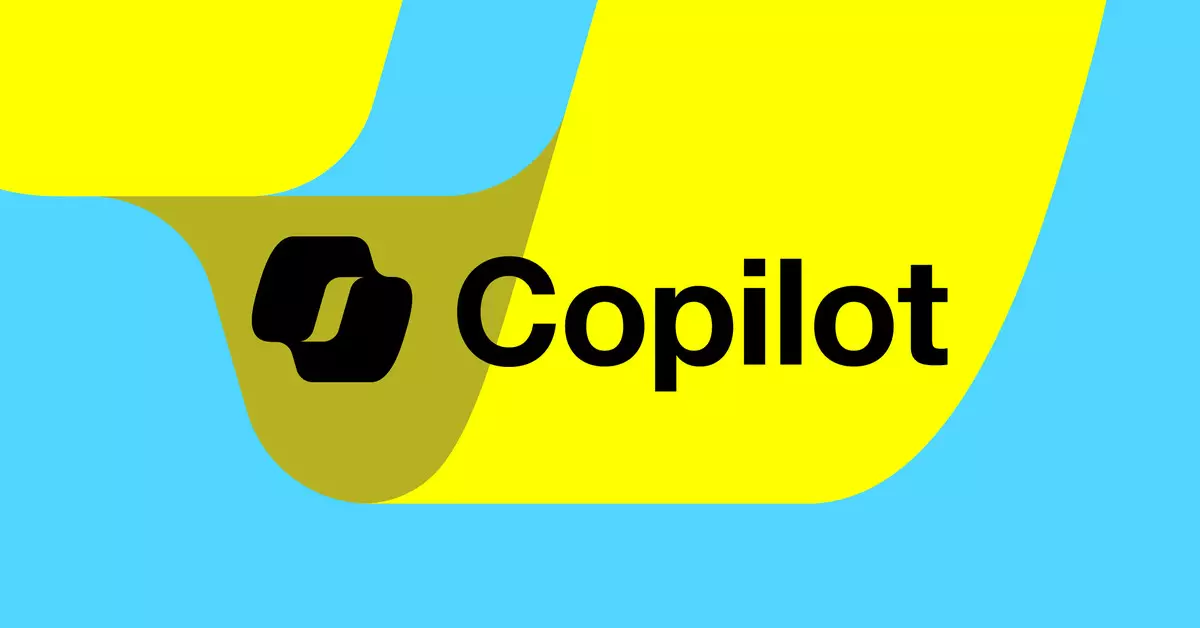The 2025 CES event has unveiled intriguing developments in the world of smart TVs, particularly from technology giants LG and Samsung. Both companies have been eager to ride the artificial intelligence (AI) wave, incorporating Microsoft’s Copilot AI assistant into their latest TV models. While the integration of AI into home entertainment systems promises enhanced user experiences, the actual utility of these features remains somewhat cloudy at this stage.
The Promise of AI Integration
LG has rolled out a distinct “AI section” within its smart TVs, intending to engage users with an “AI Remote” specifically designed to facilitate interaction with advanced language models. This is more than just a rebranding; LG hints that the integration of Copilot will enable consumers to efficiently sift through complex information by leveraging contextual cues. Despite these lofty claims, LG has yet to showcase how exactly this will function in a practical scenario. Meanwhile, the company’s AI Chatbot, which is integrated into its TVs, has been demonstrated, albeit without direct examples of how Copilot enhances user experience.
Samsung, on the other hand, has introduced its “Vision AI” brand, bringing a range of AI-driven features to its customers. Boasting capabilities like AI upscaling and Auto HDR Remastering, Samsung’s approach appears more holistic. Notably, they have added an AI button to their remote to facilitate quick access to features such as food recognition and home security analytics. While both manufacturers are enthusiastic about AI’s potential, the absence of detailed demonstrations or real-world applications raises pertinent questions regarding the effectiveness of these advanced capabilities.
Collaboration with Microsoft: Hype or Reality?
The partnership between Samsung and Microsoft indicates a significant endorsement of AI in consumer electronics, but it also sparks skepticism. Samsung’s claims about personalized content recommendations via Microsoft’s Copilot are appealing but lack substance due to the absence of practical demonstrations. Furthermore, all requests for more information on the collaborative features and visuals have been met with silence, causing doubt regarding the maturity of their offerings.
LG and Samsung’s foray into AI-enhanced televisions undoubtedly points toward a growing trend in consumer technology. However, the ultimate success of these features will hinge on their practical application. If Copilot remains shrouded in ambiguity, it could just become another gimmick rather than a game-changer in user experience.
As LG and Samsung parade their advanced AI capabilities, consumers are left with anticipation mixed with skepticism. Until more concrete details and functional demonstrations surface, the integration of Microsoft’s Copilot into smart TVs may remain a theoretical benefit rather than a practical reality. The future of AI in home entertainment is teeming with potential, but its realization will depend on how these manufacturers address current uncertainties and bring their promises to life. Consumers should proceed with cautious optimism, keeping a close eye on developments as they unfold.

